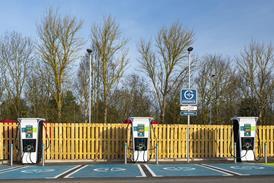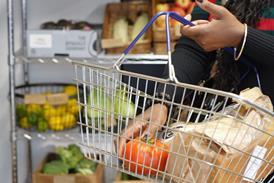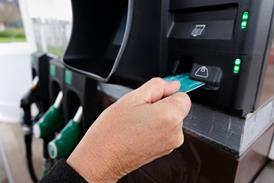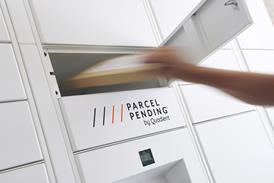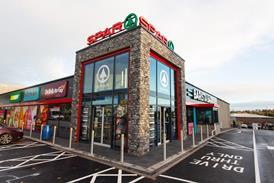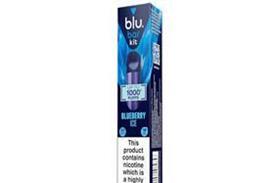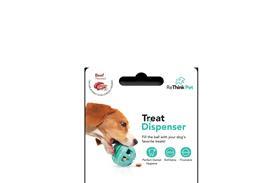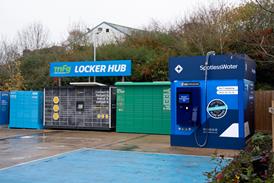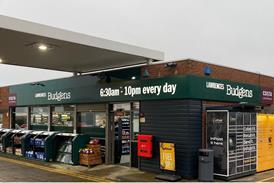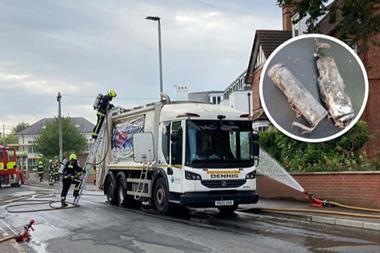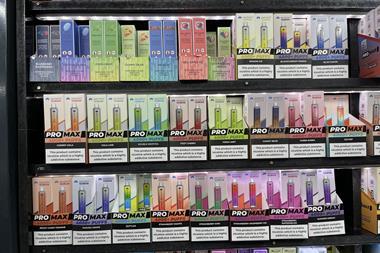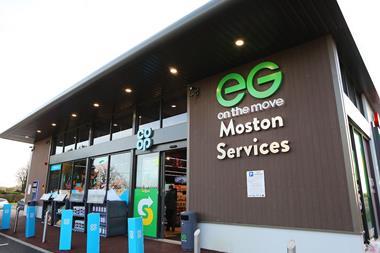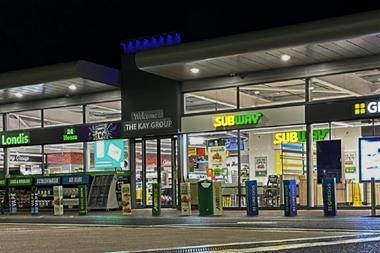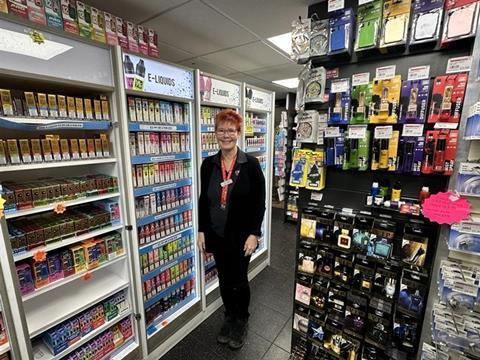
Sue Kembrey and her husband Rod have turned Stanshawe Service Station in Yate, South Gloucestershire into something of a destination for vape enthusiasts, selling around 1,000 vapes and e-liquids a week, and generating around half of their profits from the category.
The couple, who have run the Shell petrol station since 1990, will therefore be affected more than most when the ban on disposable vapes comes into being in June this year. In fact, their wholeslaler tells them that they buy more products than many clients with multiple sites.
Given how important vapes are to the forecourt, what impact does Sue think June’s looming ban on disposable vaping will have, and how does she see her business changing?
“We concede that sales will drop”, she says frankly, adding that they have taken a “make hay while the sun shines” approach, having been able to make six figures’ worth of improvements to their forecourt, including new pumps and hard surfacing, thanks to vaping profits.
But while margins will become lower from this summer, Sue says this is good news for customers: “Disposable devices typically give 600 puffs for £5. The post-ban devices give 6,000 puffs, so 10 times the amount, but for a little over twice the price. It’s beneficial to the consumer, but we’re going to take less money.”
That’s not to say vaping won’t remain a viable product line post-ban, though: vape manufacturers have been wise to the implications of the new law for some time, developing ranges that comply with the legislation while offering a comparable vaping experience to disposable devices.
Firms are offering a variety of solutions, with a key one being rechargeable vapes that can be refilled by simply clicking fresh disposable ‘pods’ containing fresh e-liquid into the device. This is far simpler than traditional refillable vapes, which can require a steep learning curve involving ohms, watts and volts, not to mention the messy business of replacing coils and emptying tanks of sticky nicotine liquids.
Retailers unsure of what the future holds for vaping would do well to start having conversations with customers as soon as possible, and familiarising themselves with the new generation of refillable vapes, Sue advises: “The manufacturers seem to be favouring pods”, she adds. “Some do refillable pods, but customers far prefer the disposable pods.”
And while June is still some way off, there’s no time like the present to start talking with customers, Sue says. “We’ve worked with consumers for months. I’ve been educating them about it, and as soon as a post-ban compliant product comes in I stock it, and I’ve been doing that since summer last year.
“Anyone who is only selling disposables is going to be caught on the hop when the ban comes in,” Sue warns, adding: “It’s about keeping customers happy, and reassuring them that there’s life after the ban.”
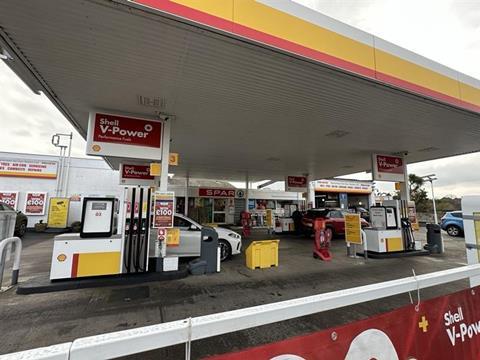
How Stanshawe Service Station’s vape business evolved
The important role vapes play for the Stanshawe forecourt didn’t come about overnight, but Sue’s experience in the field was initially gained out of necessity.
“Every time there was a duty increase sales of cigarettes dropped, but then they would pick up again,” she says. “But in the early 2000s they stopped picking up so much, then the 2007 ban on indoor smoking came in, and I was looking for a solution.
“All of this was when things were very difficult, and margins were tight for fuel. It was difficult to compete with supermarkets, and we were looking for a category that would help us.”
Sue started in 2007 with ‘cigalikes’, first-generation vapes that work on a principle similar to today’s devices, but place an emphasis on mimicking the form factor of a cigarette, often with synthetic tobacco flavours. Next came e-liquids and, as an early adopter, word started to get around the local area, with customers visiting the site specifically for these products.
Sue kept abreast of developments as vape products evolved, soon turning to a specialist supplier to keep up to date on the latest items. When disposable vapes came onto the scene and consumer interest boomed in the early 2020s, her established stock-lines and the expertise gained over the years meant Sue was perfectly positioned to take advantage of this.
“The supermarkets and tobacco companies came in on it after the market was relatively mature,” she explains. “But we already knew what our customers liked. They like Elfbar, IVG, Ske, Elux. I’ve run with virtually everything they do within those brands.”
While disposable vapes are kept behind the till, unlike other forecourts Sue’s extensive range of e-liquids is displayed on the shop floor, allowing customers to browse them as they would grocery items.
Sue concedes this approach makes shoplifting potentially easier, but rigorous staff training and awareness, an extensive CCTV system and the site’s use of Facewatch’s facial-recognition services minimise the risks, while comfortable margins mean that if theft does occur, it’s less of an issue for the store’s bottom line than a stolen bottle of wine, for example.
What the new law says
From June 1, all vape devices must be both rechargeable and refillable, with initial penalties involving a fine of £200 and a ‘stop notice’ and repeat offenders risking up to two years in jail. Disposable vapes are being outlawed partly due to the amount of harmful electronic waste generated when the lithium-battery-powered devices are empty, and partly because they are favoured by young people, with a quarter of 11 to 15-year-olds thought to have used them over the past year.
But while the new laws are being introduced for sound reasons, the Association of Convenience Stores has called the ban on disposable vapes “one of the biggest regulatory changes for retailers in recent memory”.

